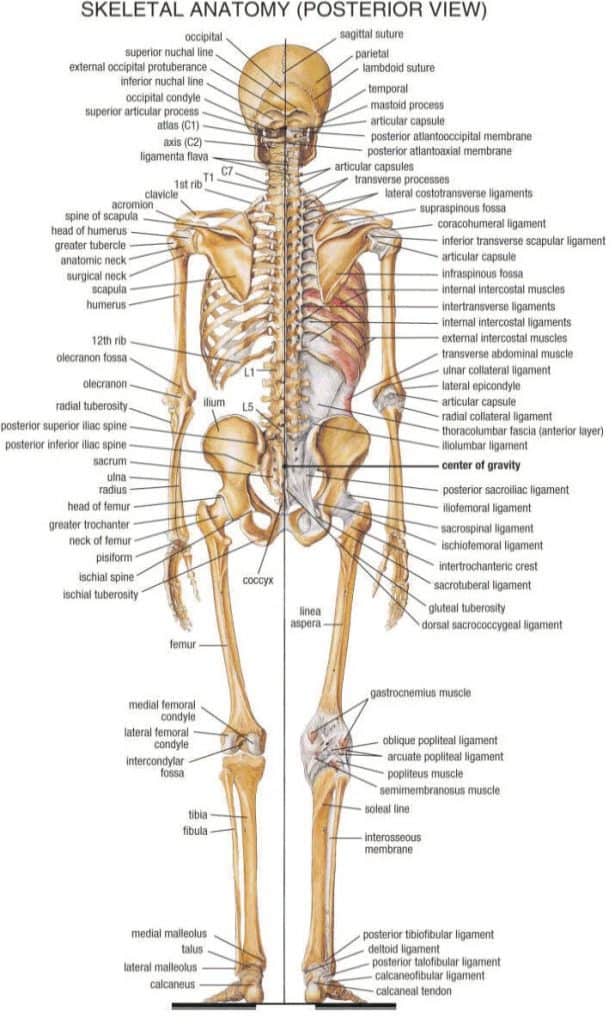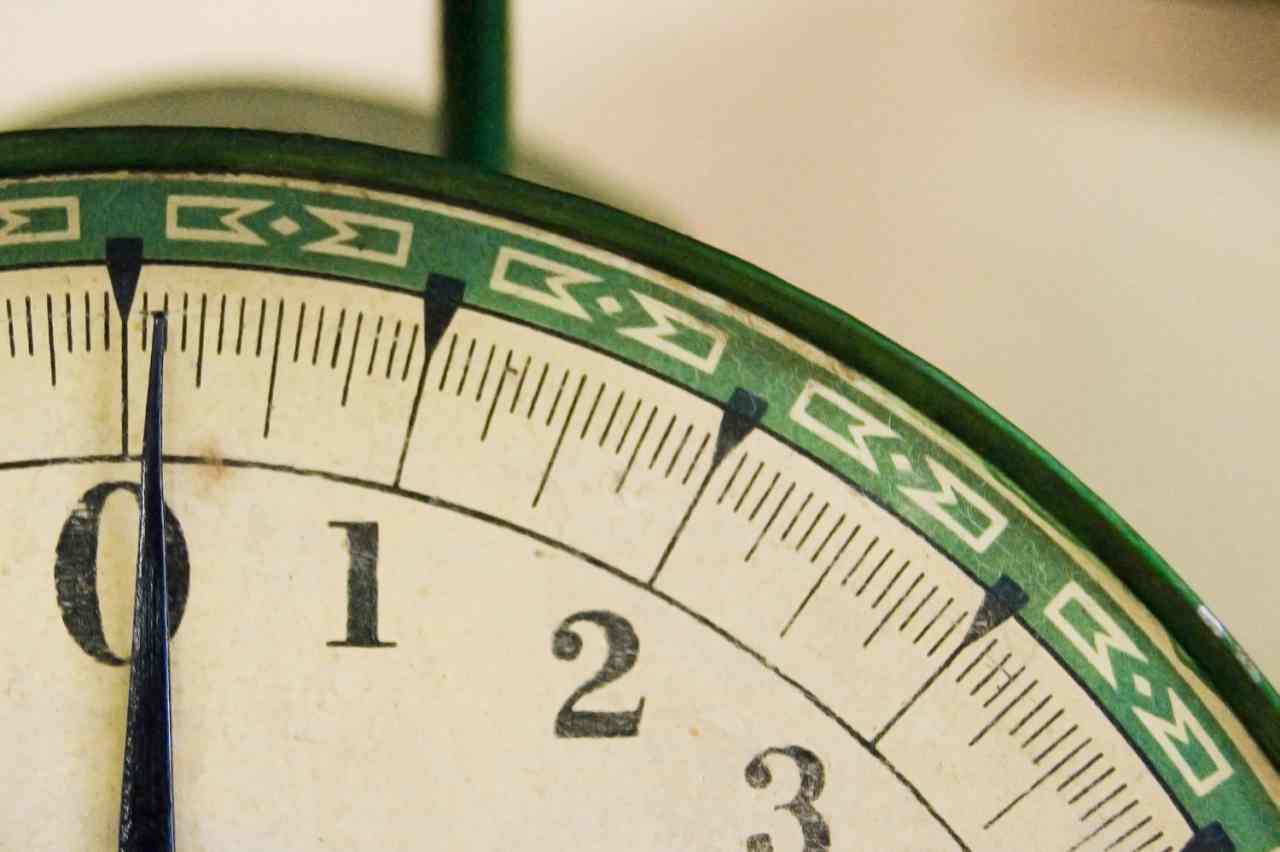I was conflicted in writing this post, because I feel like writing about “thigh gaps” and how to develop your own would make me seem, in some ways, pro-ana/anti-fat. I think, after over four years of writing on the web, that I should be given more credit than that. This essay will talk frankly about fat, anatomy and physiology, because any woman who actively pursues a “thigh gap” should be aware of how to do it healthily and what the downsides of doing it in an unhealthy fashion truly are. I believe in size acceptance in the sense that every body should have the right to choose what is best for their body, and should be supplied with as much information to help them adequately decide as possible. That is where I rest in the argument.
That being said, this essay might be triggering for some in terms of eating disorders, frank body talk, and what might sound like “picking apart” of the body. I strongly encourage you to do what’s best for you in the process.
If you scour the Internet looking for fitness and nutrition websites for long enough, you’ll run into the… ahem… “feet together, thighs apart” movement.
Look at a photograph of a fashion model – if her feet are together, her thighs are apart, thereby creating what’s known as the “thigh gap.”
Let me think backwards on this for a minute, though. One of the earliest milestones in my weight loss journey was the moment that my thighs didn’t feel like they were pillowing together when I walked. There was less fat at the knee, then at the quads (the front of the thigh), and then even less in my hamstrings (back of the thigh) where my thigh met my glutes (the booty!), and I was excited! Progress!
When it comes to training my legs, my goal was always to have muscular ones – it’d give me the thickness I was after, while also allowing me to be leaner. Besides, I wanted a little form and curve to my booty, and sculpting – not just shrinking – my thighs is essential to that.
And, really, I think it’s something that most people who lose excessive amounts of weight experience – that first moment of excitement when you can actually spread your feet, and your thighs actually stop touching. In fact, I can recognize it in people who share with me that they’ve lost a large amount of weight. I can see them standing differently, so as to make it look like they have an actual gap when they stand, which is a new experience.
The awkward thing about that, though, is that a thigh gap – and the actual biology and anatomy of the lower body that comes along with it, really – is something people are “praised” for, but know so very little about. Take, for instance, this article:
It’s the latest weight loss craze among American teens striving to emulate the models they see in magazines: the “thigh gap”, in which slender legs, when standing with feet together, do not touch.
Experts say the cost of what teens see as an ideal body shape — but really is for most unattainable — is self-esteem problems that can lead to eating disorders, depression and even suicide.
On Tumblr, Pinterest and Facebook, “thigh gap” photos abound: close-ups of sometimes unbearably skinny legs published by young girls eager to show off their success — or bemoan what they see as a failure to whittle away fat.
[…]
Another user, skinnysizezero, cheers her fellow dieters on, saying: “Together we can lose weight. Together we can be skinny.”
“Together we can be a size zero with a beautiful thigh gap and flat stomach. Together we can be happy and finally say that we love our bodies,” her post pledges.
[…]
Meanwhile, a user called “starving for perfection” complained about her “mediocre/nonexistent thigh gap” and flagellated herself for her “fatfatfatfat.”
Experts say the obsession with leg shape is not new, but has been dramatically amplified by social media websites and their 24/7 influence on the lives of American teens.
The fan Twitter account Cara’s Thigh Gap, is dedicated to the extreme slenderness of British model Cara Delevingne, while dozens of Facebook pages and websites propose diets and exercise regimes to achieve the almighty gap.
But clinical psychologist Barbara Greenberg warned that for most women, the “thigh gap” is a pipe dream, even via extreme dieting and exercise.
“Most women are not built that way to have that space between their thighs,” she said.
“It is a matter of bone structure,” she explained, which “the majority of women do not have.”
Uh, I kinda want to stop right here because I’m a little confused as to how “bone structure” plays into whether or not a woman – or man, for that matter – could develop a thigh gap.

It’s not about “bones” – your legs aren’t positioned so closely together on your hip bone that they’re touching, so no, it’s not about bones.
What it is about, however, is having no fat between the thighs – the one space where fat, according to theory, is absolutely most necessary – and no muscle, either. That’s what this is really about. These young girls want to be so thin that you don’t even look at them. You look past them. Through them. To the point where there’s nothing there. That argument, about bone structure, won’t fly with them, as long as they’re able to starve themselves to the point of absence. I mean, damn.

snapshot of the lower-half of the male muscular system from my “atlas of the human body” – mildly annoyed that I didn’t have a female version of the muscular system on me, but short of the muscles that control the penis and testicles, the systems are practically identical. this guy here is pretty muscular, though, and not all bodies will have muscles this full.
That’s what makes “feet together, thighs apart” so problematic – they want nothing there to sustain that.
When teenage girls starve themselves, it’s not only bad because they’re not nourishing a growing body. It’s not only bad because they’re not fueling themselves to be focused in an intense learning environment. It’s not only bad because they can trigger things like early onset osteoporosis, or because it can make the skin suffer and the nails brittle and make your hair fall out. It’s also bad because they set themselves up for an adulthood of a limited metabolism, because starvation causes muscle to deteriorate.
Remember, muscle contributes positively to a higher metabolism – a pound of muscle burns two to three times as many calories per hour as a pound of fat – and losing ten of them in the process of starving yourself and subsisting on, say, orange juice and cotton balls (in other words, a strictly carb-based diet) is enough to leave you with a very low metabolism, and a lifetime of eating less than 1,000 calories in order to “stay skinny.”
We’re not even gonna talk about the stress it puts on your bones, and how that affects your ability to age well without injury. No muscle in the hip area? That’s the one place you want it. Aside from the reproductive organ protection, that also means no booty. Kiss your tush goodbye.
Can you undo that? Of course, but it’ll take years of training. And actual eating. And actual lifting and squatting and un-dainty man-like stuff. Or something. I don’t know… isn’t that how anti-muscle types think?
In other words, it takes a lot of the stuff that young girls and women are discouraged from actually doing in the first place. Eating healthily. Being happily active. Lifting weights. Training.
We discourage them from that. We don’t even teach them about it – most of us would know any of that to model it for them, let alone teach it to them – so we’re left with young girls who merely thing “there’s too much mass on my legs, I need to “eat less and move more” to get rid of it… and that’s one way how ‘accidental’ anorexics and exercise bulimics are born.
In short, I don’t know whether or not “bone structure” would count as a viable reason why more people would not develop a thigh gap.
But… I digress.
For teenagers, adopting what Greenberg called an “unrealistic obsession” can be dangerous — increasing pressures that can lead to depression, even suicidal behavior, as well as to severe eating disorders, which can cause lasting brain and bone damage.
Indeed, starvation diets — and self-loathing — are a common theme on the “thigh gap” pages of young girls.
“Yesterday i had 380 calories but then i ate candys so much that my calorie number switch to ca. 650…. faaaaaaaaaaaaaat,” writes Anastasia, a young German girl, on Tumblr, who prays: “Please God let me be skinny.”
[…]Shannon Snapp, a sociologist at the University of Arizona, blames magazines, movies and television for spreading the “thin ideal,” and urges consumers to stop buying into it.
“That message is internalized by young women and girls: if you want to be successful, if you want to be liked, this is the way you should look,” Snapp said — “thin everywhere except for their breasts.”
“Teenage girls are probably the most likely to be feeling the pressure to look that particular way, because they are going through puberty: for the first time, they are compared to adult women,” she added.
Likewise, San Jose State University sociologist Natalie Boero said the skinny-obsessed “are looking for social acceptance and to fit in.”
“Young women are aware that in a sexist and sizeist culture, their bodies are their currency, and they are looking to increase their perceived social value,” she added.
In a parenting class I was taking a couple of years ago, we talked a lot about how children learn. So much of what children pick up comes from low-inference data, meaning they observe and – without asking lots of questions – assume that what they’re observing is how it’s supposed to be. Parents can talk to their children and give them tools to understand while also giving them healthier ways to observe and assess (read: value) themselves, but it requires consistent effort. And, as we all know, everybody ain’t able.
I’d imagine that this affects young girls (and, I’d suspect, gay men) a great deal, as people who aim to benefit from having much of that “currency.” Because all that matters, in teendom, is “popularity” and all the popular girls are “effortlessly thin and pretty.”
That’s not how the teenagers themselves always see it, however.
One girl, “mannddda,” declares on Tumblr: “I hate when people tell me I’m dumb for wanting a thigh gap and to be skinny. It’s not for anyone else but ME. I wanna look in the mirror and be happy for MYSELF & NO ONE ELSE.”
But sociologists say there is an unmistakable trend linking body size with social status.
Abigail Saguy, a body image expert at the University of California, Los Angeles, told AFP: “Attaining thinness is a way of signaling elite social status.”
But, worse than that, “fatness not only connotates low social status, but it may predict low social status.”
“Studies show that heavier girls and women are less likely to get hired and when they are hired, they are paid less,” Saguy said, adding that larger women are also less likely to marry.
However, a counter-movement against the “thigh gap” is building, with girls also taking to social media to mock the obsession.
One YouTube video, “5 Ways to Fake a Thigh Gap,” posted by “tadelesmith,” suggests, for example, that girls who want a gap between their thighs should move their legs apart.
And on Twitter, Common White Girl declares herself relieved that her thighs touch, saying: “Not having a thigh gap saved my phone from falling in the toilet.”
Read more: http://www.businessinsider.com/experts-us-teens-have-a-dangerous-obsession-with-the-thigh-gap-2013-10#ixzz2gfR8CzjV
I’d said this before in another blog post, but I’ll say it again – those of us who are first-generation college grads, upwardly mobile, and raising your children in more upper-class environments? Those children are often the ones most likely to fall prey to this kind of thinking, because as parents, you are the least likely to even know about this phenomenon and oftentimes the least prepared to fight it.
I’ve seen the “thigh gap” challenges being facilitated in other parts of the web and, while I ‘get it’, I also realize that some people are just not lean enough to get there. Leanness isn’t a “look” – it’s literally your body fat percentage. The higher it is and the larger you are, the less likely you are to have it. Those Brazilian girls that ‘everybody’ loves? Low body fat percentage, high muscle, and fat distributed “in the right places.” Not only that, but some of the ways that these women go about getting that “thigh gap” also result in decreasing their ability to obtain that other thing so many women want, which is a nice booty.
When I look at this article, it makes me sad. “Thigh gaps” do occur in athletes – they train hard, they eat plenty, and they are fit. But that’s not the ideal, because it’s embarrassing to be seen in public eating like an athlete. (I can recall sitting at a table of women, absolutely shocked that I ordered a 3-egg omelet, a side of potatoes and kale, three chicken sausages, and a biscuit for a breakfast/pre-workout meal. I remember looking back at them, confused – “Do you know how many calories I burn in a day? Girl, I’d be gnawing at myself by the end of the hour, and completely uncontrollable post-workout if I ate any less!”) It’s embarrassing to be seen sweating – one of the most frustrating mentalities about the human body is how ugly and unattractive it is to sweat… really? You can’t sweat ever? Damn it, have you not seen Love and Basketball?
Thigh gaps, for women who once did not have them, can occur naturally in healthy, lean, hard-training bodies. A healthy, lean, hard-training body isn’t borne of an person who hates themselves and wants to punish themselves through starvation and hours of cardio a day.
You have to value your health, your pleasure, your happiness enough to pursue your goals in a healthy and sensible fashion. Those models are starving themselves to be thin enough for the photo shoots and the lifestyle is nowhere near as glamorous as we’d like to think. We can train hard (and hard is defined by us as individuals, for us as individuals), be proud of our accomplishments through training, and love ourselves in the process. I have – present tense – chubby hips and thighs, and (not but) I love them. They are mine. I train them to be strong, I run them to help me become lean, and I am proud of what they can do. I love them chubby, I will love them as they change, and if they don’t change the way I want, I’ll find a healthy way to make that happen. I sincerely hope anyone else fixated on a “thigh gap” will do the same.





